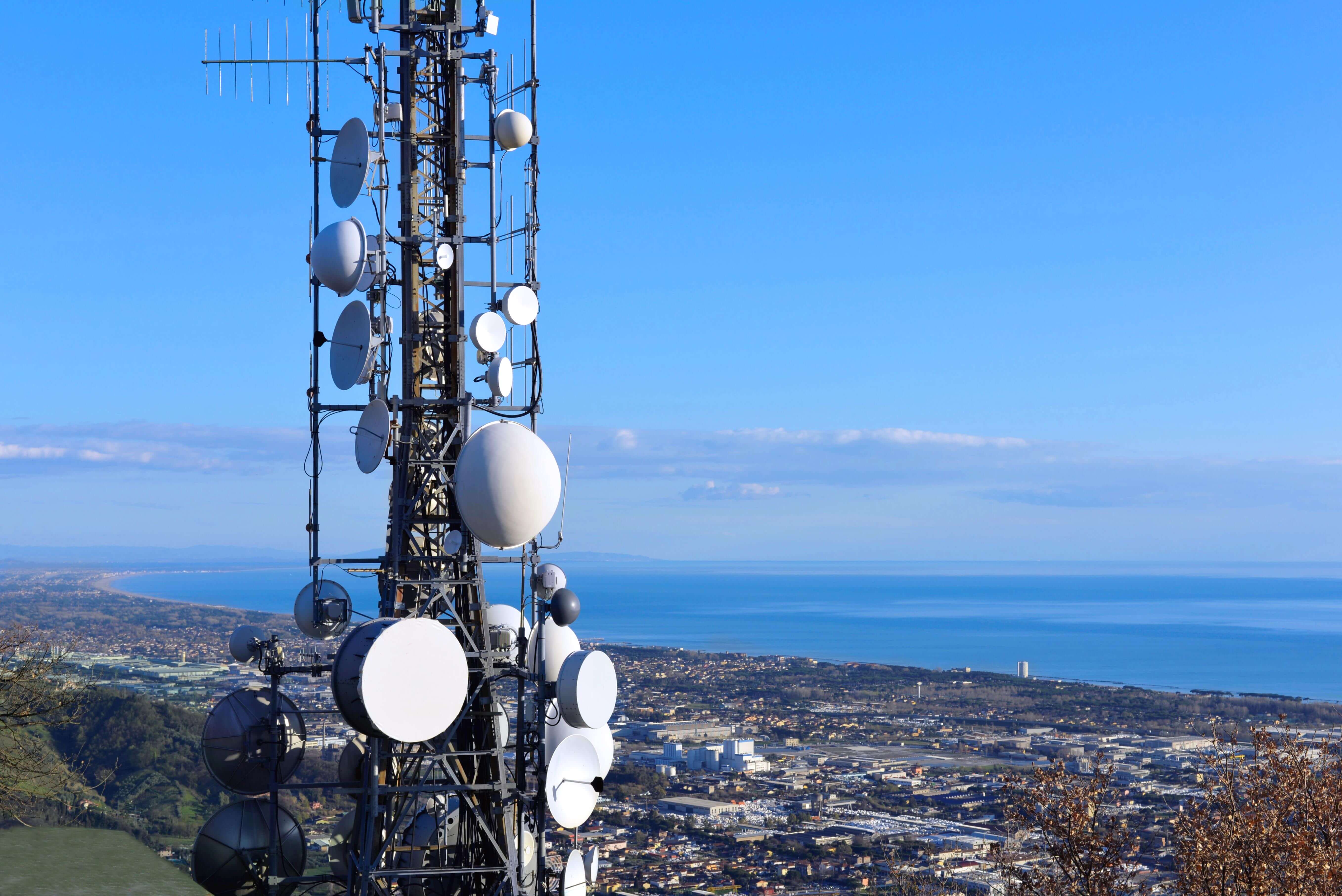What lengths Should I Keep From your 5G Mobile Tower?

When you? ve ever before strolled through an area, you may have got spotted small small 5G cell podiums on street light source poles. These seem like small boxes, but they? lso are what is a safe distance from a 5g cell tower from mobile carriers to your own phone.
These smaller sized, purpose-built cell podiums are replacing bigger, purpose-built ones. Although less obvious, they may nevertheless pose issues for those.
The FCC? s safe distance from cell tower of the FCC establish the secure distance from which a person might be exposed to electromagnetic radiation from wireless devices. The publicity limitations are established on scientific proof indicating that RF energy may get hazardous to individual health.
The actual assimilation rate (SAR) quantifies the radiofrequency power absorbed by cells. It is usually 1. 6 watts per kilogram, averaged across one g of tissue.
However, since 5g sends at higher eq, it may cause more energy depth around the skin plus other immediately uncovered body parts. This might result in a variety of feasible consequences, such as the accelerated development of skin ailments such as eczema, skin cancer, and even cataracts.
Due of the potentially extreme consequences of 5g radiation, PSU offers opted to impose a general local power density limitation of 4 mW/cm2 averaged over just one cm2, and not to exceed 35 minutes, for many 5G services at 3 thousands GHz. This limited limit is consistent with the maximal spatial-average SAR regarding 1. 6 W/kg averaged across a single g of tissue at 6 GHz.
The FCC? h Maximum Exposure Thresholds
If you've at any time used a cellular phone, an individual surely know that you must be at least 400 meters away from the tower for security. This is credited to the reality that the indication strength of the cellular tower grows substantially with distance.
When this may seem to be just like a wonderful idea, the fact is that individuals living all around systems may be additional prone to health issues. A 2014 research in Indian, for instance, pointed out that persons who else resided within 50 meters of mobile phone towers had higher health concerns than those who lived farther away.
Yet, this research also revealed that symptoms returned to normal in a few days for persons who else relocated to locations distant from cellular towers. Several research have indicated that will exposure to substantial amounts of radiofrequency electromagnetic fields (EMFs) may possibly induce cancer, brain tumors, and other health concerns.
RF radiation, which is used in cordless communication, may permeate the outermost level of the body, the skin. Typically the skin functions while a protective hurdle against mechanical harm, infection by pathogenic bacteria, and typically the admission of hazardous chemicals. It is usually responsible for protecting the integrity regarding other organs and is also the biggest organ in the human body.
Minimum Exposure Thresholds of the FCC

The FCC's Nominal Exposure Thresholds are based on a number regarding unsupported scientific assumptions. safe distance to live from cell phone tower include the incorrect notion that interim exposures to RF radiation secure owing to low transmission into the physique (i. e., tissues heating) (i. elizabeth., tissue heating).
Moreover, the assumption disregards the deeper penetration in the ELF parts of modulated RF signals along with the effect of brief temperature bursts from pulsed RF waves. These kinds of assumptions tend not to line up with the existing knowledge of the biological effects of RF radiation; hence, they should not be utilized to set up health-protective exposure limits.
Additionally , the ICNIRP and FCC constrict their maximum direct exposure limits to community peak SARs centered on the peak spatial specific intake rate (psSAR), which can be an insufficient dosimetric technique for assessing the degree of RF rays exposure. Specifically, psSAR is incorrect at frequencies greater than 6 GHz. In addition, psSAR has not been looked at for RF light with co-exposure to other environmental factors such as sun. Interactions between radiofrequency (RF) radiation and even other environmental factors may have bloody or synergistic outcomes. This would raise the likelihood of damaging health outcomes. Co-exposure to RF the radiation and sunshine, for instance, may boost the risk of skin cancer and worsen other skin problems, for example acne.
